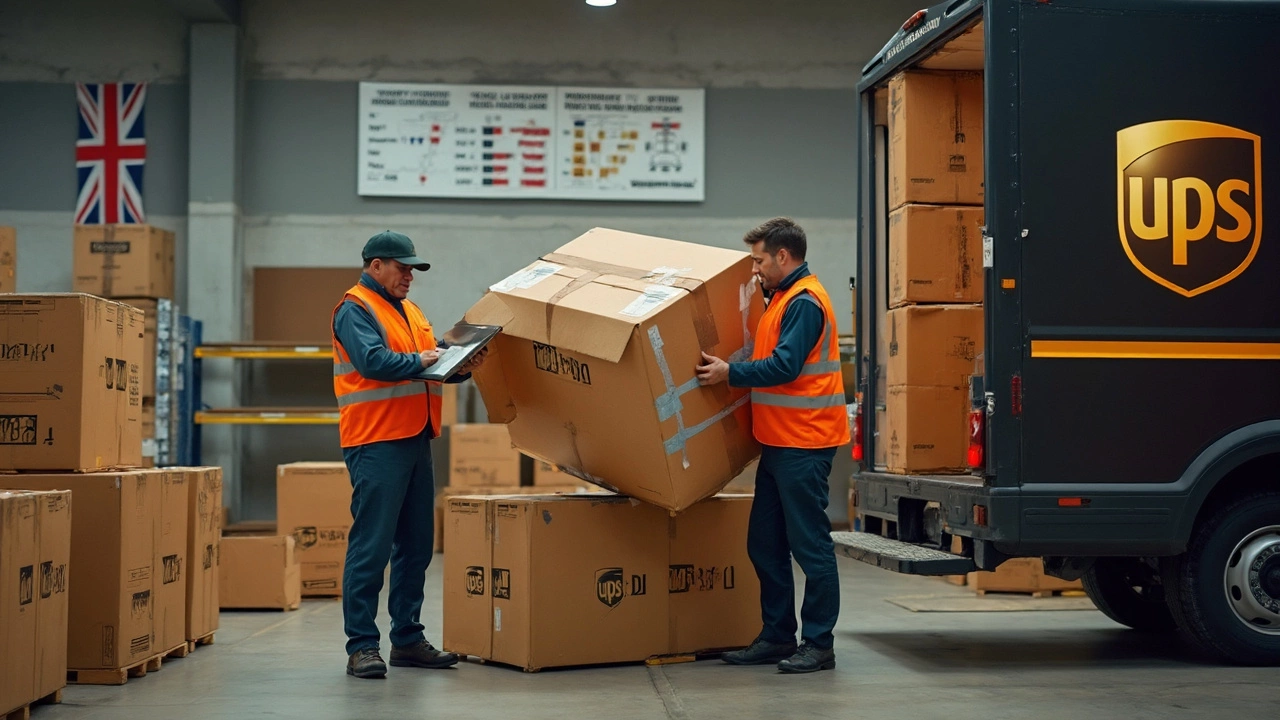UPS Package Limits – What You Need to Know
If you’re sending a box with UPS, the first thing to check is whether it fits the carrier’s weight and size rules. Ignoring these limits can mean delayed delivery, extra fees, or even a rejected shipment. Below we break down the main limits for the most common UPS services and share quick tips to keep your parcels moving.
Weight Limits
UPS caps the weight of a single package at 150 lb (68 kg) for domestic shipments and 70 lb (31.8 kg) for most international services. If you need to ship heavier items, you’ll have to split them into multiple packages or use UPS Freight instead. For the standard Ground, 2nd Day Air, and Next Day Air services, the maximum per‑package weight is the same 150 lb limit. Remember, the weight includes the box, packing material, and the item itself, so weigh the whole package on a scale before you label it.
A common mistake is forgetting to account for promotional free‑return boxes that add a few pounds. Always double‑check the weight after you seal the package. If a parcel is over the limit, the system will flag it during checkout and give you an option to add an extra package.
Size and Dimension Rules
UPS measures size using the length plus girth formula: Length + (2 × Width) + (2 × Height). The combined measurement must not exceed 165 inches (419 cm) for most services. Length is the longest side of the box, while girth is the distance around the two shorter sides. For example, a box that’s 20 inches long, 15 inches wide, and 10 inches high has a girth of (2 × 15) + (2 × 10) = 50 inches, making the total 70 inches – well under the 165‑inch limit.
If your package’s total exceeds 165 inches, UPS will treat it as an oversized shipment and charge additional fees, or they may refuse it outright. Some specialized services like UPS Express Critical allow larger items, but you’ll need to arrange that separately.
Keep an eye on the length alone, too. UPS won’t accept parcels longer than 108 inches (274 cm) even if the girth is low. Split long items into two boxes whenever possible to stay within the limits.
Another tip: use a tape measure and a scale right at your desk. Small errors in measurement can add up, and it’s cheaper to fix them before you print the label than to deal with a rejected shipment later.
Beyond weight and size, UPS also has restrictions on certain items – think batteries, liquids, and hazardous materials. Make sure the content you’re shipping is allowed; otherwise you’ll face a delay or a return.
In short, the key steps are: weigh the whole package, measure length, width, and height, calculate the total using the length‑plus‑girth rule, and compare against the 150‑lb/165‑inch caps. Follow these checks and you’ll avoid surprise fees and keep your parcels on schedule.
Got a borderline package? Try a slightly larger box or remove excess packing material. If the weight is just over the limit, consider a lighter cushioning option or ship the item in two parts. Small adjustments can save you both time and money.
Now that you know the basics, you can feel confident using UPS for everything from a small gift to a bulky piece of equipment. Happy shipping!
Largest Package UPS Will Ship: Your Guide to Max Package Size
Wondering how big your shipment can get with UPS? This article breaks down the exact size and weight limits for UPS packages, including what happens if you go over. Get practical advice on how to pack and ship bulky or heavy items so your delivery doesn't get delayed or slapped with extra fees. Learn unique challenges for international shipments and clever tips to avoid the most common mistakes. Perfect for anyone needing to send oversized stuff across borders.
© 2025. All rights reserved.

